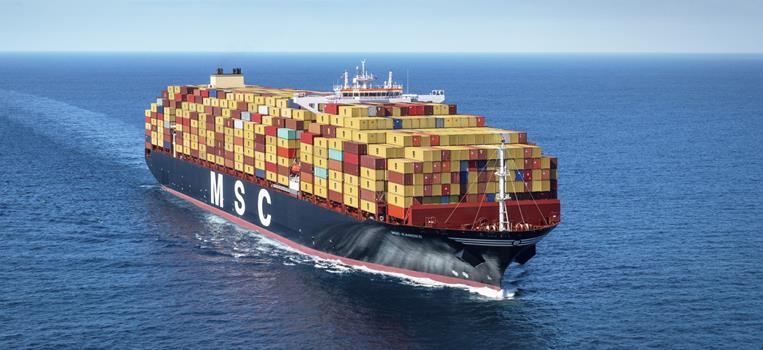Barge transportation market to reach US$ 50 Bn by 2026
Jun 11, 2020The Barge transportation market is set to grow from its current market value of more than $40 billion to over $50 billion by 2026; as reported in the latest study by Global Market Insights, Inc.
Increasing requirement to transport heavy industrial goods is expected to augment barge transportation market size over the coming years. Countries worldwide are actively investing in port infrastructure development activities to enhance barge transportation activities. Some countries are considering pouring in huge investments for initiating port modernization projects.
Barges are deployed by diverse industry verticals to transport or carry bulk goods over long distances. Sea routes play a vital role in facilitating trades across countries at an affordable price. Mounting private and government sector investments geared towards exploring new offshore drilling activities could stimulate the demand for barge transportation systems.
Gaseous cargo barges are expected to witness an exponential growth on account of surging number of international trades of non-renewable & gaseous products like gaseous chemicals, Liquefied Natural Gas (LNG), Liquefied Petroleum Gas (LPG), and Compressed Natural Gas (CNG). Gas products are primarily transported over tank barges as they ensure maximum efficiency and safety. Growing concerns over leakages linked to gas carrying pipelines could massively boost the adoption of barge transportation systems.
In terms of application, the barge transportation industry is categorized under agricultural products, coal & crude petroleum, metal ores, refined & petroleum coke products, food products, secondary raw materials and wastes, basic metals & fabricated metal products, beverages & tobacco, rubber & plastic, chemicals, and nuclear fuel.
Out of these, the secondary raw materials and the waste sector segment is likely to record substantial growth owing to escalating manufacturing projects, especially across Asia Pacific. Manufacturers prefer to transport their raw material inventory in bulk amounts to prevent price instability. Barge transportation comes as the ideal alternative for transporting bulk wastes and raw materials due to its bulk carrying capabilities and cost-effectiveness.
Elaborating on the regional front, the Middle East and Africa is considered to be a lucrative front for the regional barge transportation industry. MEA is renowned to home numerous large fleets of barges, especially in countries such as Qatar, Kuwait, and Saudi Arabia.
Evidently, these major ports normally handle heavy cargos. Earlier in 2019, the Saudi Ports Authority (MAWANI) published a report stating Saudi ports operated over 21 million tons of total cargo tonnage, an increase of nearly 3 percent compared to the previous year. Meanwhile, the number of containers has scaled up to 622,000, recording a growth of almost 22 percent.
Industry participants like Kirby Corporation, American Commercial Barge Line (ACBL), SEACOR Holdings, Ingram Marine Group, Campbell Transportation Company and APL Logistics are pioneering the global barge transportation industry with regular innovation strategies and value-added services
Similar Stories

Container sector bullish after stellar 2024, but downside risks could prompt 2025 slowdown
View Article
IMO launches Regional Presence Office for the MENA region in Alexandria, Egypt
View ArticleDanica strengthens its representation in Athens
Danica Crewing Specialists is delighted to announce it now has an in-person presence in Athens, strengthening its representation in Greece. Seasoned crewing expert Dimitris Liolios has taken office as Danica’s…
View Article
WEC Lines launches new barge service between Moerdijk and Duisburg
View ArticleIndian Register of Shipping strengthens role in major defense projects
Indian Register of Shipping (IRS), a leading international classification society, is proud of its growing role in advancing India's defense capabilities through its participation in major new construction projects for…
View Article
MSC Announcement: Trade update
View ArticleGet the most up-to-date trending news!
SubscribeIndustry updates and weekly newsletter direct to your inbox!





